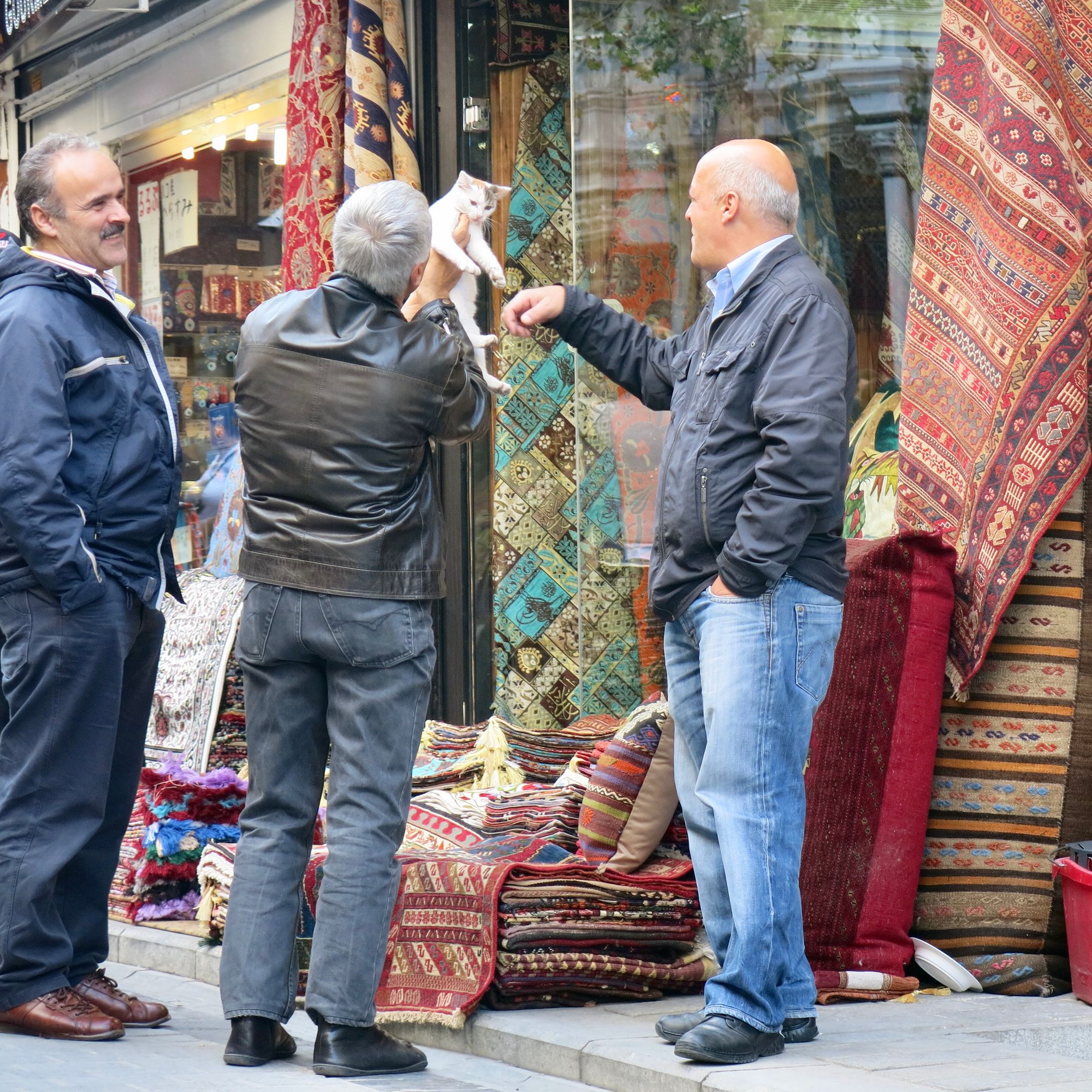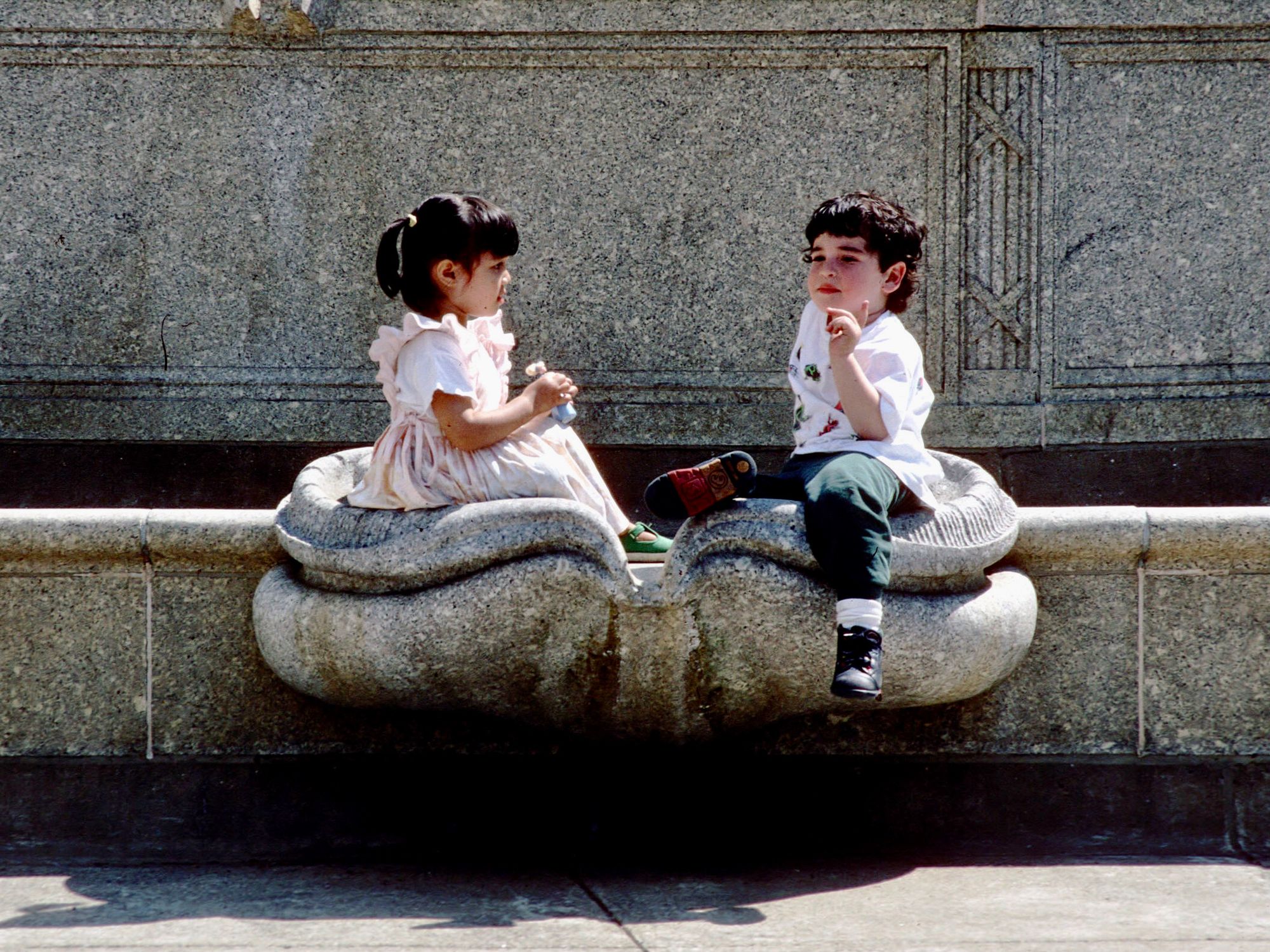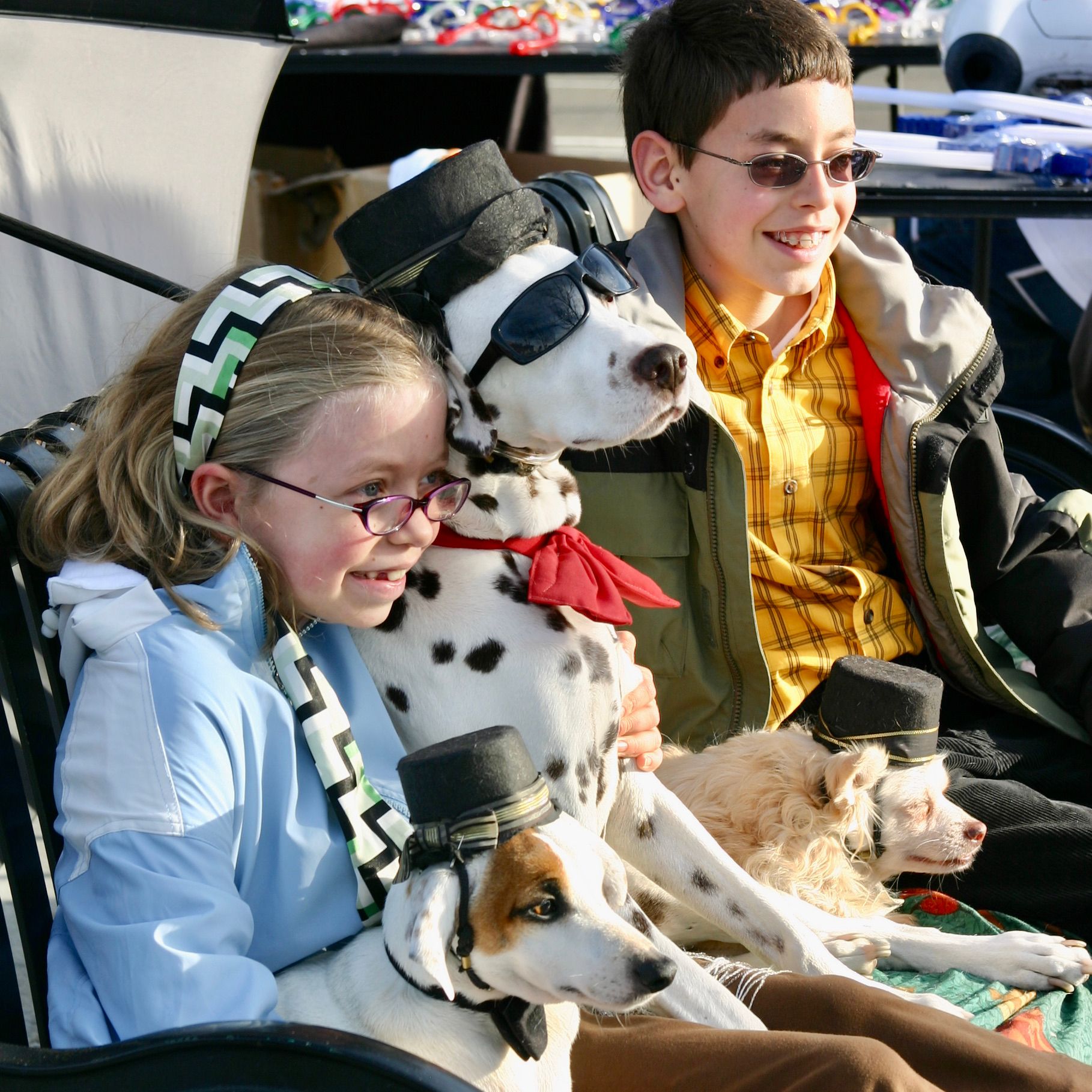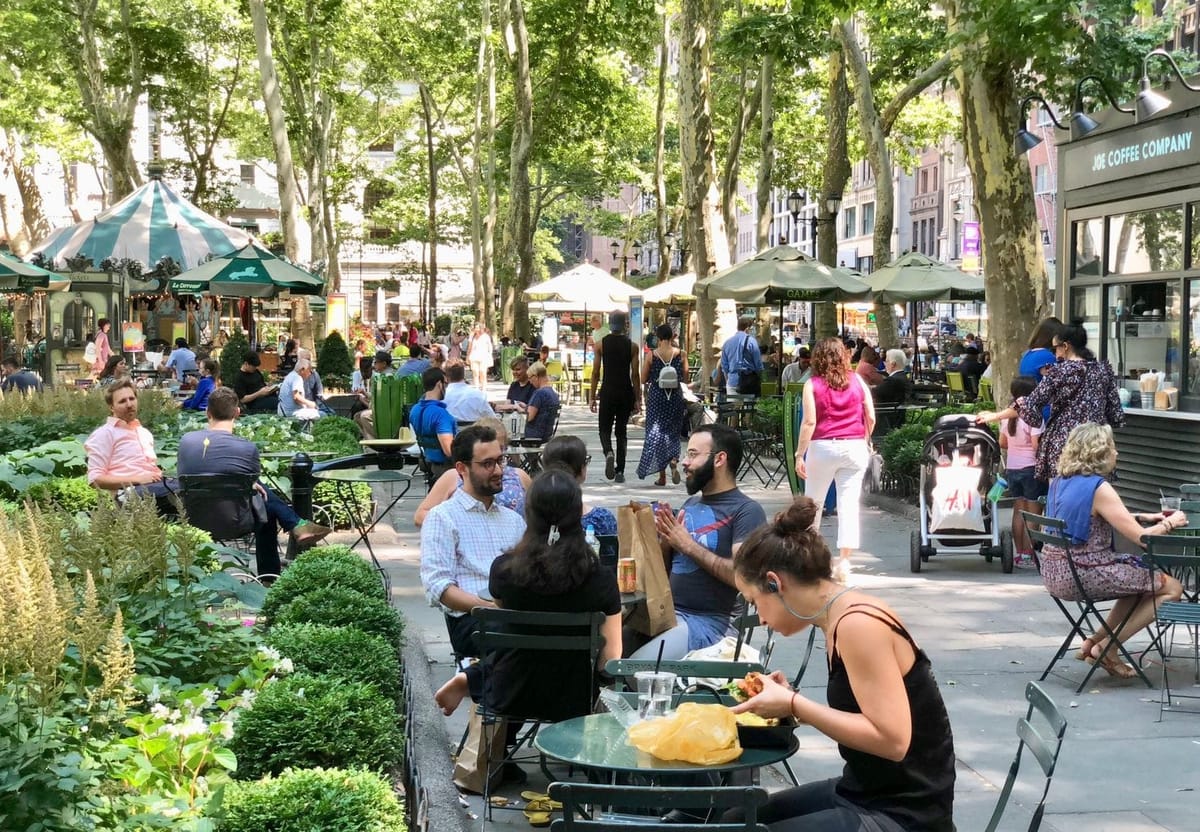Reflections of Jay Walljasper
We all pondered what the world would look like after COVID. Now we know. What we realized we were missing has been recognized as an epidemic of isolation and loneliness. Jay's earlier post resonates even more as we reckon with a world we know is not supporting the kind of communities we want.
As we ponder what the world will look like coming out of the COVID-19 pandemic, one outcome might be something quite unexpected— a new realization about what matters most in life. With billions of people today longing to bond again with friends and family while also mourning the loss of casual connections to neighbors and passers-by — it is becoming clearer that the foundation of our happiness and fulfillment is a rich social life.


Social life means more than parties or sporting events. It describes an entire ecosystem of human interaction that gives us meaning — and makes the very existence of our economy, community, educational system, arts and culture, science, and innovation possible.
But over the past century, the richness of most people’s social life has diminished. Many of our personal encounters have been commercialized into mere transactions or made so efficient there is little room left for personal touches. What once took place in public venues like streets, parks, libraries, cafes, markets, shops, civic buildings, transit, community centers, and other gathering places now goes on in private settings or online.


The automobile, the telephone, radio, television, superhighways, video players, computers, the Internet, and social media have all chipped away at the primacy of face-to-face social relations in our lives. Even air conditioning (which keeps us indoors) and refrigerators (which made the soda fountain, ice cream parlor, and corner tavern less necessary) played a role in pulling us apart.
It’s widely assumed that the decline of social life is an inevitable (even if sad) fact of modern life because many of these changes to how we relate have been caused by unstoppable technological or cultural shifts (including suburban sprawl, two-income households, and an accelerating pace of life). But social life is not mere nostalgia. There is no reason why we must accept the withering of social ties even as the world around us evolves.
People have never abandoned their desire for convivial places to mingle with others. And over recent decades, a movement has emerged around the world to preserve and create the social spaces that play such a big role in fostering happiness.





Indeed, our impulse to make real-life contact with one another intensified after the COVID outbreak. A great deal of ingenuity has been unleashed as people figure out new, virus-resistant ways to connect. And I am not referring to Zoom happy hours and Google Hang-Out family reunions, which are good as far as they go but ultimately feel like tepid substitutes for genuine interaction the same way virtual dating does — because we are wired for flesh-and-blood connection.
Even in a sharply divided America, everyone still seems to agree about the importance of their social life — those who pooh-pooh the pandemic by refusing to wear masks as well as those seeking safer ways to socialize. Finding places in every community where all people can come together to establish common ground — both literally and politically — will help heal communities around the world from polarization, social inequity...and the pandemic.




Below you will find other posts that Jay Walljasper helped write. It is easy to see how his very capable writing and editing turned mere words into a kind of poetry...Take a look:

Related Reading

















